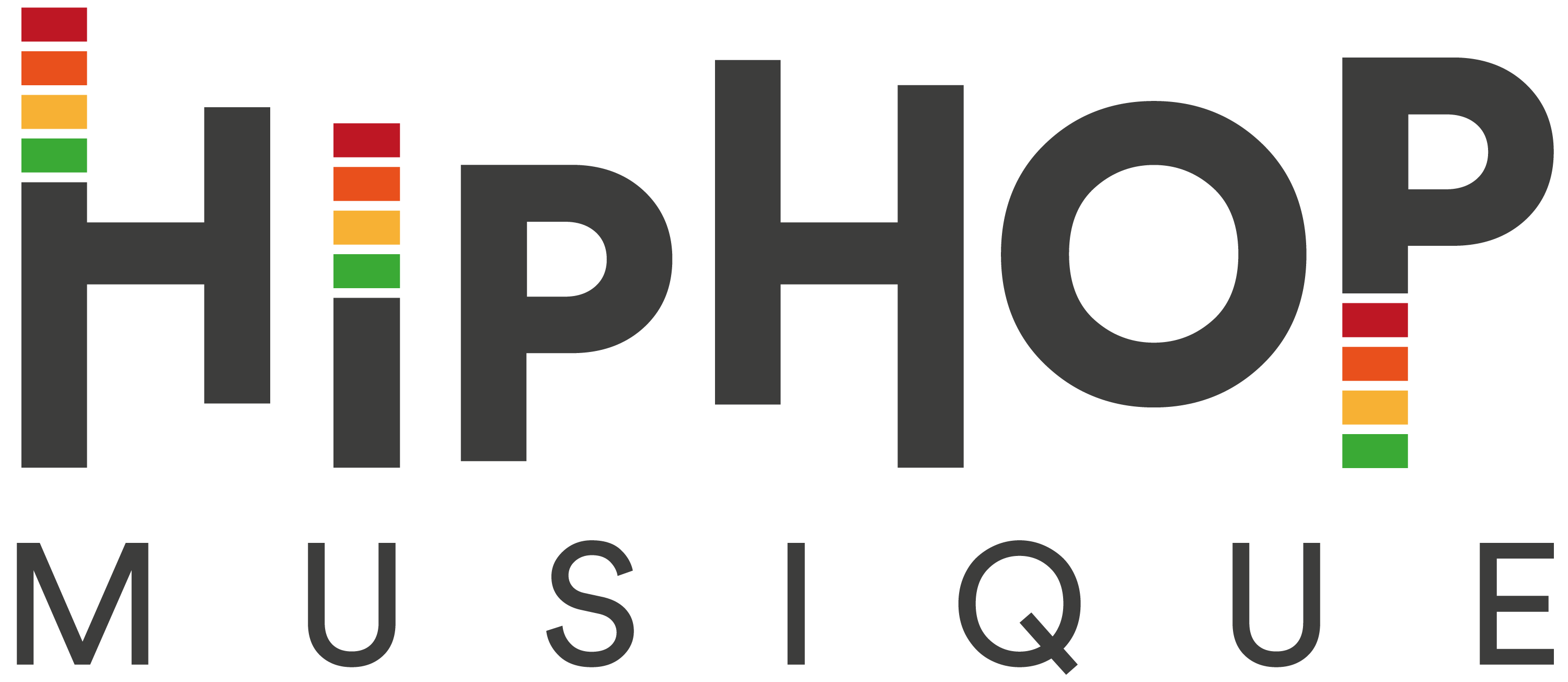Nous sommes HiphopMusique, notre station de radio est située au 1085 À Saint Denis Montréal Québec Canada.
Notre mission est de faire la promotion des artistes québécois francophones et anglophones.
visitez notre webtv au www.HiphopMusique.tv
Opret din egen afspilningsliste
Del musik med venner og familie
Gem dine favoritter
4796824372433055
Account number / IBANAntoian Kordiyal
Account nameTGBATRISXXX
Routing codeUnited States
CountryUpload kvittering
Er du sikker på, at du vil købe en billet?

